Description
Myrica pensylvanica
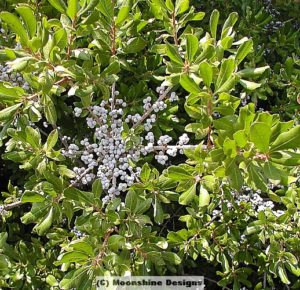
Besides being an excellent and very adaptable landscape plant, the fruit of this shrub is also very useful. The mature berries are covered with a pale blue, lavender or grayish-white aromatic wax used in making candles which burn with a pleasing fragrance.

Habitat/Culture: This tough plant grows in coastal sand flats and tidal marshes from Maine to North Carolina. It is adaptable to a range of difficult landscape conditions including poor, sterile, sandy soils and heavy clay soils. Plant in full sun or part shade. Hardy to zone 2. Best in slightly acid soil. Can withstand coastal salt sprays.
Bayberry is a deciduous to semi-evergreen plant. Its growth habit is upright, with a rounded top and forms a fairly dense shrub. Its size varies. An average height is about 8 feet without pruning. Plants will develop a spread equal to their height. Minimal pruning will control it well.
The leaves can be up to 4 inches long and possibly an inch wide. The leaf color is a lustrous dark green. A unique quality of the leaf is that it is aromatic when brushed or crushed. Even the slightest contact with the plant produces the aroma which is rather pleasant. The leaves are retained well into the fall before dropping.
The flowers on the plant are small and white or green in color. Flowering is in late March or early April before the new crop of leaves emerge.
The fruit has considerable ornamental value. Bayberry fruit is actually a “drupe” which is botanically equal to a cherry, peach or plum. Each fruit is about 1/8 inch in diameter and quite hard. The important part of the fruit is the grayish white waxy coating over the inner seed. It is the coating that creates the interest in the fruit. Like the
foliage, the coating is also aromatic and can be removed from the fruit to add aroma to candles or other wax items. The wax is removed from the berries by gently boiling in water. Allow to cool and the wax will harden at the top. The wax can then be added to candles, etc. The fruit ripens in September and may remain on the stems of the plants until the following spring.
As a landscape plant, Bayberry is excellent for massing, borders or combining with broadleaf evergreens. It responds well to a periodic pruning to keep it’s form. An added advantage is that Bayberry has no serious insect or disease problems!
The berries are a preferred food of tree swallows, eastern meadowlarks, red bellied woodpeckers and gray catbirds to name a few. Bayberry shrubs also make good nest sites for songbirds.
Landscape use: Specimen, Border shrub, foundation planting, erosion control/bank cover.
Seeds are packaged 25+ per packet
NOTE: Seeds are unsexed. It is not possible to sex seeds.



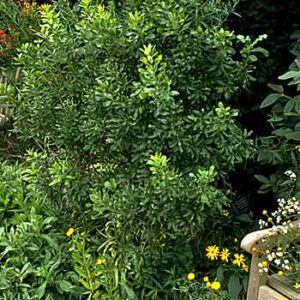
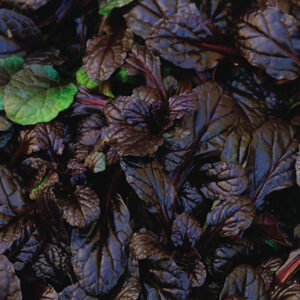
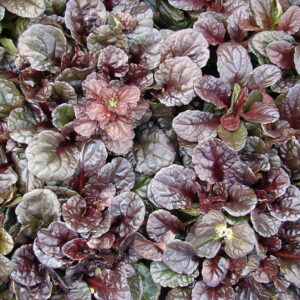
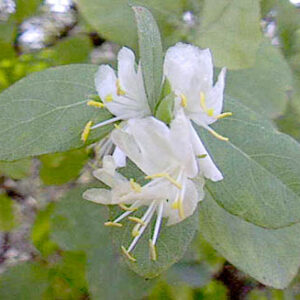
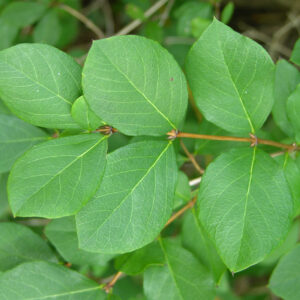
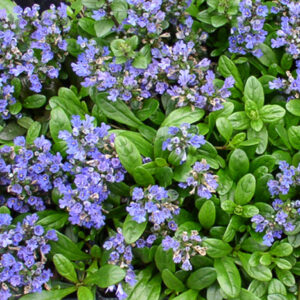
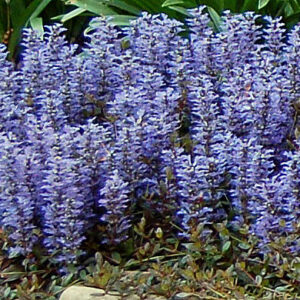
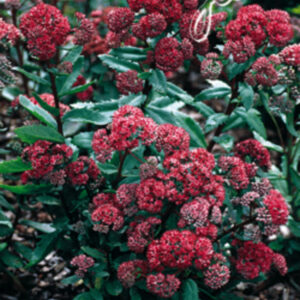


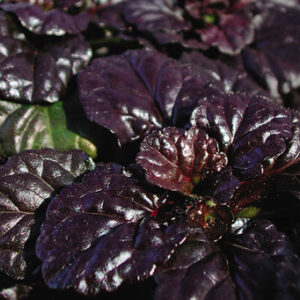
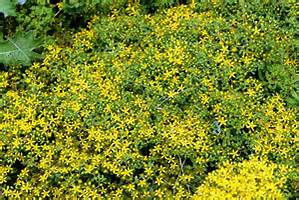
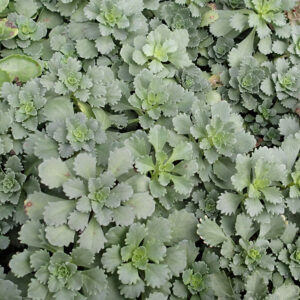
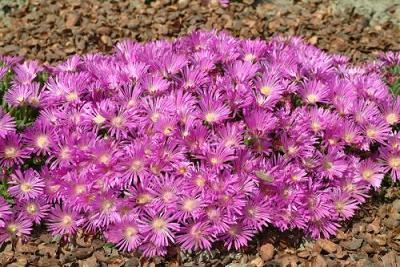

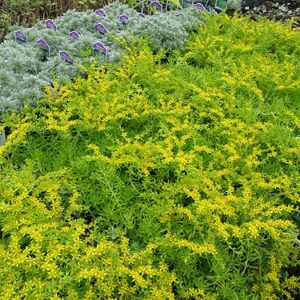
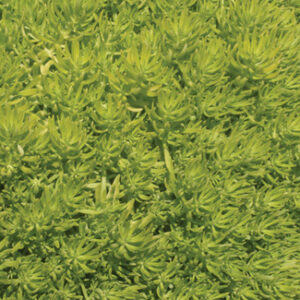
Reviews
There are no reviews yet.